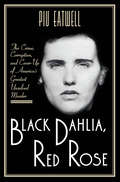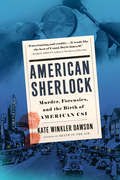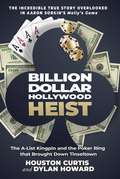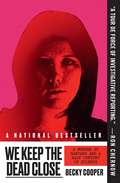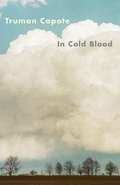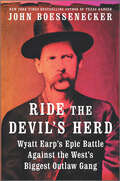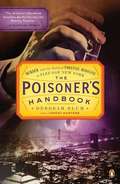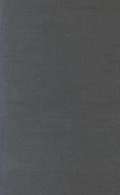Special Collections
Showing 26 through 36 of 36 results
1
2
| Title | Author | Date Added | Action |
|---|---|---|---|
|
|
Emma Copley Eisenberg | 05/11/2021 | |
|
|
Piu Eatwell | 09/10/2018 | |
|
|
Kate Winkler Dawson | 04/06/2020 | |
|
|
Dylan Howard and Houston Curtis | 04/06/2020 | |
|
|
Becky Cooper | 11/17/2020 | |
|
|
Paul Collins | 09/10/2018 | |
|
|
Truman Capote | 09/10/2018 | |
|
|
Mark A. Bradley | 05/11/2021 | |
|
|
John Boessenecker | 04/06/2020 | |
|
|
Deborah Blum | 09/10/2018 | |
|
|
James Baldwin | 09/10/2018 |
Showing 26 through 36 of 36 results
1
2

